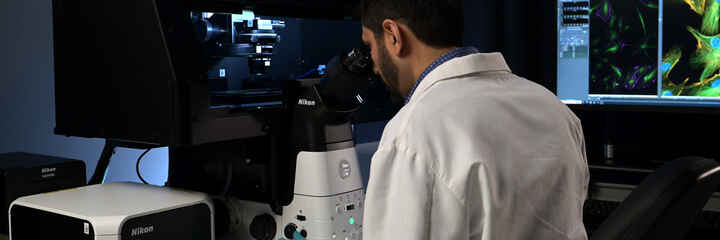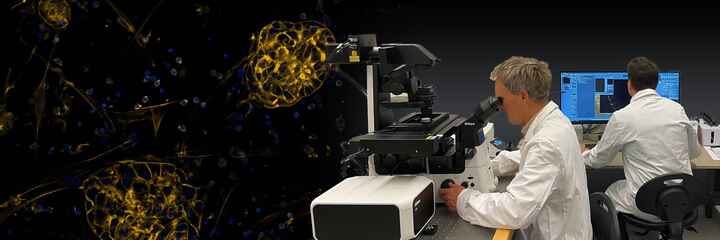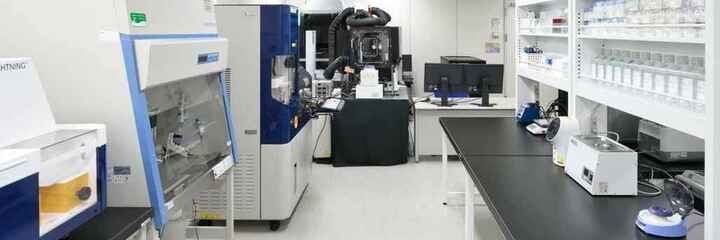Nouvelles
Nikon's New WES-3000 Wafer Edge Inspection Tool Offers High-Throughput, In-Line Inspection With High-Resolution
juil. 15, 2008
Nikon Instruments Inc. announced its new WES-3000 Wafer Edge Inspection Tool, designed to identify defects often experienced with immersion lithography as well as other IC manufacturing processes. The WES-3000 incorporates high-throughput, in-line inspection with a review station featuring high-resolution and clear-color images for fast assessment of unknown defects.
Wafer edge chips have long been serious defects that can result in wafer breakage, even before immersion technology was commonly used. Today, as immersion technology has become the only driver for 55nm node lithography, the issue has become even more complex. Edge debris, resist residue and water bubbles can all delaminate film at the wafer edge, potentially causing lithography process defects. Conventional tools often have difficultly identifying defects that have been detected in the wafers, which must then be reviewed on different equipment. However, the WES-3000 can quickly inspect and identify defects as immersion lithography is being conducted.
"Wafer edge inspection has become more focused than ever as companies look to enhance yield, while still ensuring quality product," said Mike Metzger, General Manager, Sales and Marketing, Nikon Instruments. "The WES-3000 addresses both issues, providing superior images of potential defects as the immersion inspection is happening."
The WES-3000 has the ability to review the wafer edge area based on the KLARF file input. KLARF converts the coordinates from the wafer inspection tool to wafer edge coordinates to help users understand the relationship between near edge defects and edge defects. Additionally, the WES-3000 features a newly developed illumination system that lights up the wafer edge surfaces to more easily identify defects. Topcoat film boundary position at bevel can also be precisely measured through an Apex camera at the wafer edge.
Sales of the WES-3000 will begin in the fourth quarter of 2008.



